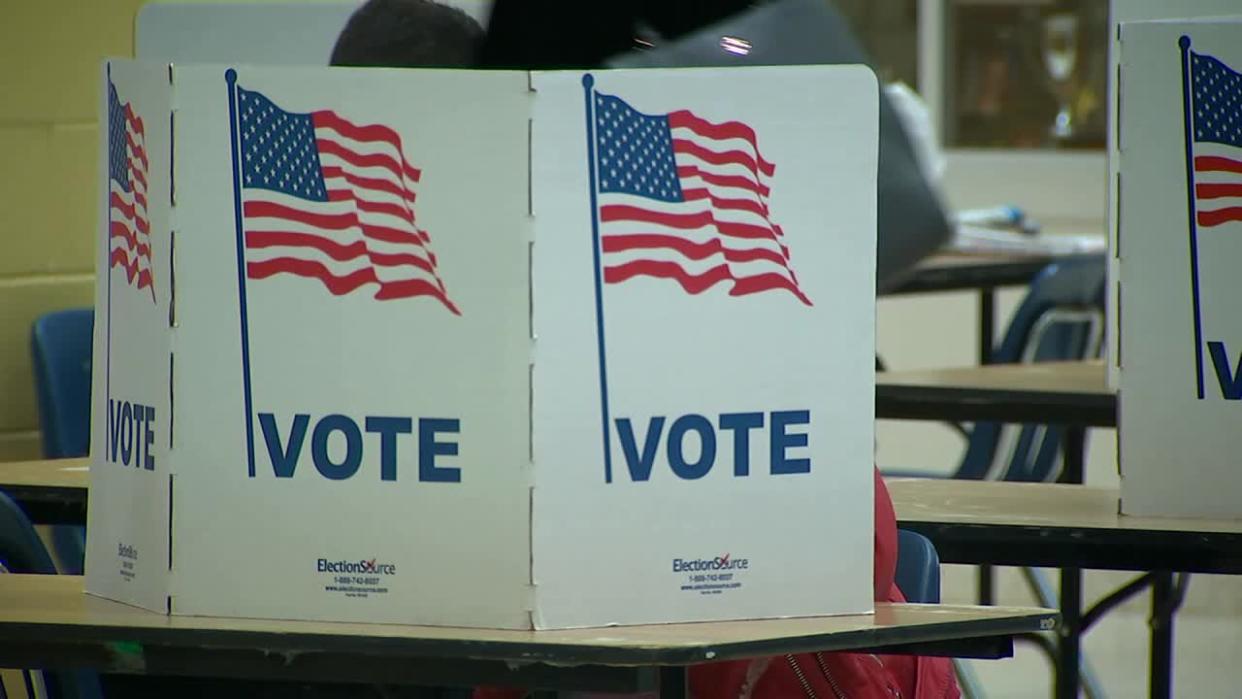Minnesota Primary Polls
Minnesota voters will head to the polls on [Date] for the state’s primary election. The primary will determine the nominees for various offices, including the U.S. Senate, the U.S. House of Representatives, and state-level positions. The election is significant as it will shape the political landscape in Minnesota and potentially have implications for national politics.
The current political landscape in Minnesota is characterized by a close divide between the two major parties, with Democrats and Republicans vying for control of the state government. Key issues that are driving voter interest include healthcare, education, and the economy.
Minnesota’s Electorate
The demographics of Minnesota’s electorate are diverse, with a significant population of urban, suburban, and rural residents. The state has a history of competitive elections, with both parties having a strong presence. The primary election is likely to be influenced by factors such as voter turnout, the candidates’ positions on key issues, and the effectiveness of their campaigns.
Key Candidates and Their Platforms: Minnesota Primary Polls
The Minnesota primary election is a crucial event that will shape the political landscape of the state. Voters will decide which candidates will represent their respective parties in the general election. This election features several competitive races, particularly for the U.S. Senate and the Governor’s seat.
Candidates and Their Positions, Minnesota primary polls
The candidates in these races have distinct platforms and policy priorities that appeal to different segments of the electorate. Here’s a closer look at the key candidates and their positions on some of the most important issues facing Minnesota:
U.S. Senate
- Tina Smith (D): Incumbent Senator Smith is seeking re-election. Her platform emphasizes affordable healthcare, investing in education, and protecting the environment. She has a strong record of supporting progressive policies, including the Affordable Care Act and the Green New Deal. She is also a vocal advocate for women’s rights and reproductive healthcare.
- Kevin Smith (R): Smith is a businessman and political newcomer challenging Senator Smith. He has focused his campaign on reducing taxes, promoting economic growth, and strengthening national security. He has criticized the incumbent’s support for progressive policies, arguing that they are detrimental to the state’s economy.
Governor
- Tim Walz (D): The incumbent Governor is running for re-election. His platform focuses on expanding access to healthcare, investing in education, and protecting the environment. He has a strong record of supporting progressive policies, including the Affordable Care Act and the Green New Deal. He is also a vocal advocate for women’s rights and reproductive healthcare.
- Scott Jensen (R): Jensen is a physician and political newcomer challenging Governor Walz. He has focused his campaign on reducing taxes, promoting economic growth, and strengthening national security. He has criticized the incumbent’s support for progressive policies, arguing that they are detrimental to the state’s economy.
Analysis of Recent Polls and Trends
Recent polls provide insights into the evolving dynamics of the Minnesota primary race. While these polls offer a snapshot of current voter sentiment, it’s crucial to consider their methodologies, sample sizes, and potential biases. Analyzing trends in voter preferences and identifying factors that could influence the outcome is essential for understanding the race’s trajectory.
Voter Preferences and Trends
Recent polls reveal shifts in voter preferences, with candidates gaining or losing support based on their campaign strategies, media coverage, and the evolving political landscape.
For example, a recent poll conducted by [Pollster Name] with a sample size of [Sample Size] showed [Candidate Name] leading with [Percentage] support, followed by [Candidate Name] with [Percentage] support. This poll suggests a slight shift in voter preferences compared to previous polls, where [Candidate Name] had a larger lead.
The poll’s methodology, which involved [Poll Methodology], is crucial to consider when interpreting the results.
Potential Factors Influencing the Primary Outcome
Several factors can significantly influence the outcome of the Minnesota primary, including voter turnout, the impact of endorsements, and the emergence of unforeseen events.
Voter Turnout
Historically, voter turnout in Minnesota primaries has been [Average Turnout Percentage]. However, this year’s primary could see [Potential Change in Turnout], influenced by factors such as [Factors Influencing Turnout].
A higher voter turnout could benefit candidates with a strong ground game and a dedicated base of supporters.
Impact of Endorsements
Endorsements from prominent figures, such as elected officials or party leaders, can sway voters’ decisions.
For instance, [Example of Endorsement and its Potential Impact].
Unforeseen Events
Unexpected events, such as scandals or policy shifts, can dramatically alter the course of the primary.
For example, [Example of Unforeseen Event and its Impact].
Minnesota primary polls – Minnesota’s primary polls are heating up, with a lot of attention focused on the candidates’ stances on key issues. It’s worth checking out Nate Schluter ‘s take on these issues, as he’s been a key figure in local politics for years.
His insights could help voters make informed decisions in the upcoming primary.
The Minnesota primary polls are heating up, and it’s anyone’s game right now. It’s all about how those polls translate into actual votes, and we’ll be watching closely to see how the election results shake out. The outcome will likely have a significant impact on the direction of Minnesota politics in the coming years.



